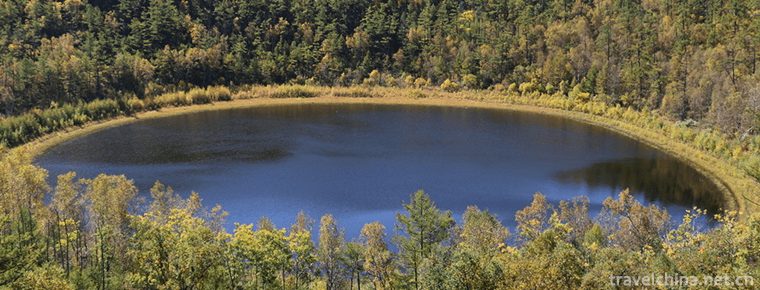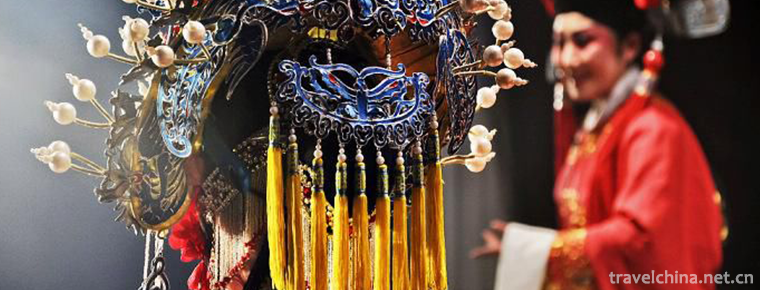2018-10-12

- By ChinaWiki.net
- Chinese Edition
- 2020-12-12
Introduction to Chinese embroidery
Embroidery, known as needle embroidery in ancient times, is a kind of technology that uses embroidery needle to guide color thread, embroiders the designed patterns on textiles, and forms patterns with embroidery traces. In ancient times, it was called "Juju" and "pinju". Because embroidery is mostly made by women, it belongs to an important part of "needlework". Embroidery is one of the ancient handicrafts in China, which has a history of more than 2000 years. According to Shangshu, the ZhangFu system more than 4000 years ago stipulated that "clothes should be painted while clothes should be embroidered". Up to the Zhou Dynasty, there was a record of "embroidery and silk work together". The embroidery of Warring States period and Han Dynasty unearthed in Hubei and Hunan is of high level. In Tang and Song Dynasties, embroidery was widely used for painting, calligraphy and ornaments. During the Ming and Qing Dynasties, the scale of Royal embroidery was very large, and the folk embroidery was further developed. Suzhou embroidery, Yue embroidery, long embroidery, Xiang embroidery and Shu embroidery were successively produced, which were called "five famous embroidery". In addition, there are Gu embroidery, Beijing embroidery, Ou embroidery, Lu embroidery, Fujian embroidery, Bian Embroidery, Han Embroidery, hemp embroidery and Miao embroidery,
Each has its own style, which has been passed on for a long time. There are several kinds of needling techniques in embroidery, such as parallel stitching, troweling, needling, long and short stitches, punching stitches, Pingjin, stabbing sand, etc.
According to the materials, embroidery can be divided into silk embroidery, feather embroidery and hair embroidery. The uses of embroidery include: daily clothes, song and dance costumes, tablecloths, pillowcases, cushions and other daily necessities, as well as screen, wall hanging and other furnishings. The most famous embroidery in Ming Dynasty is Gu embroidery.
Embroidery has been handed down from generation to generation in Weinan City. There are hundreds of varieties of flowers and colors. There are mainly pillows, children's hats, belly binding, door curtains, insoles, bed circumference, sewing bags, purse bags, animal toys, etc. the contents are mostly flowers, birds, insects and fish and customs pictures. The women in Tongguan area embroider peonies and elegant lotus flowers on both ends of the stirrups, which are exquisite and durable. They are called "the best embroidery in Dongfu". With the changes of the times, the content of rural products has been updated. At the same time, some traditional embroidery products have entered the foreign trade market.
Bainiao skirt: Princess Anle of Zhongzong of Tang Dynasty owns two hundred bird skirts, both of which are rare treasures. It's made of natural clothes. Feather embroidery can not only embroider landscape flowers and birds, but also embroider various daily necessities pillow, feather embroidered carpet and feather embroidered clothing.
Ask a Question
Your email address will not be published.



0 Questions